Agartala
A complete tourist and cultural guide
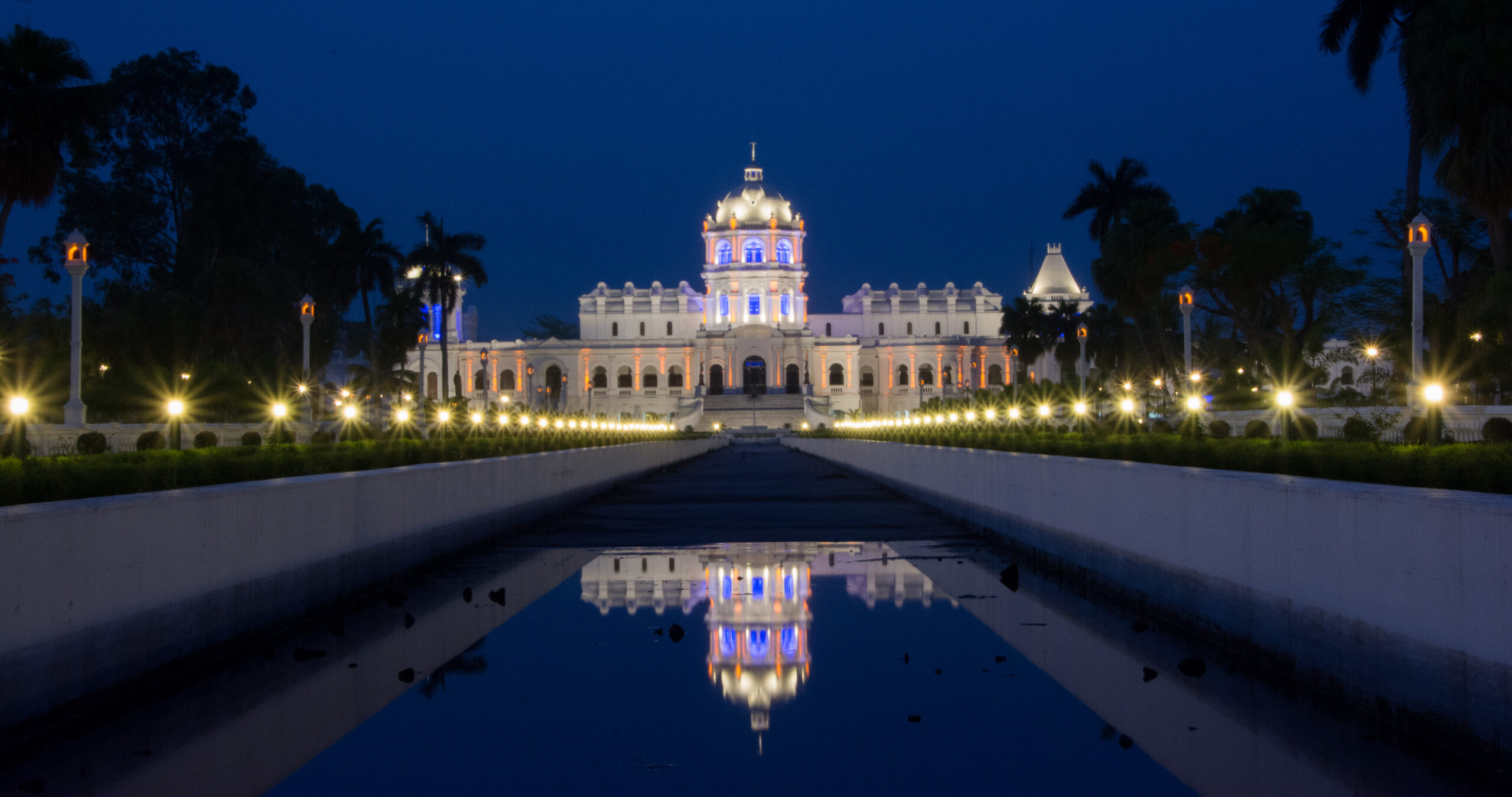
Agartala is the capital city of Tripura, a northeastern state of India. Nestled near the Bangladesh border, it is known for its rich cultural heritage, lush greenery, and royal history. The city blends traditional tribal influences with modern development and serves as the political and economic hub of the state.
Must-Visit Attractions in Agartala
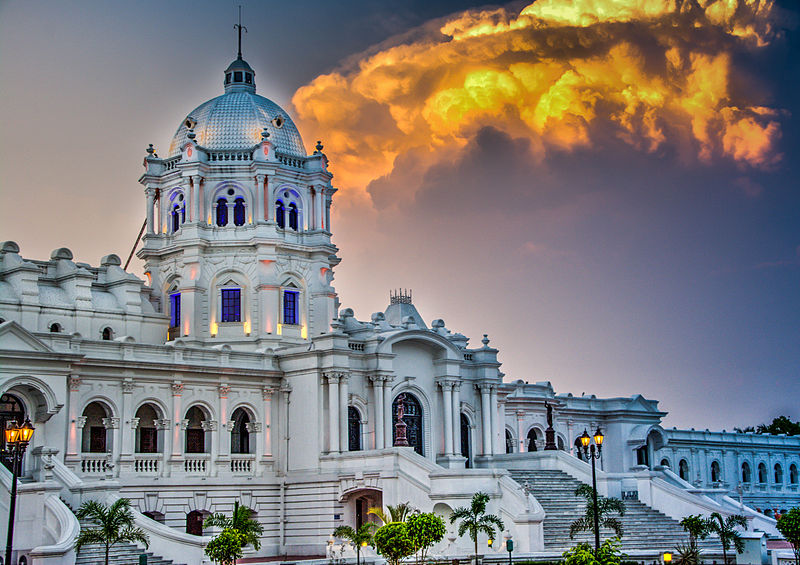
Ujjayanta palace
It has Mughal-style gardens, also a state museum showcasing Tripura’s art, culture, and tribal heritage. The palace’s white domes and detailed architecture
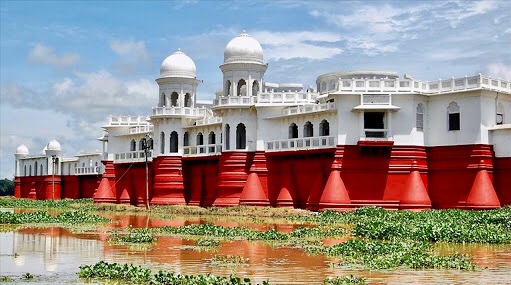
Neermahal
Neermahal, in Agartala is a magnificent water palace situated in the middle of Rudrasagar Lake. Its reflection on the lake during sunset creates a surreal view.
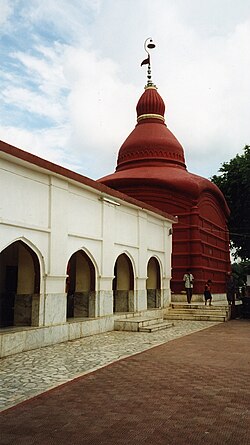
Sundari Temple
The Tripura Sundari Temple, in Agartala is one of the 51 Shakti Peethas in India. Dedicated to Goddess Kali, it holds immense religious significance.
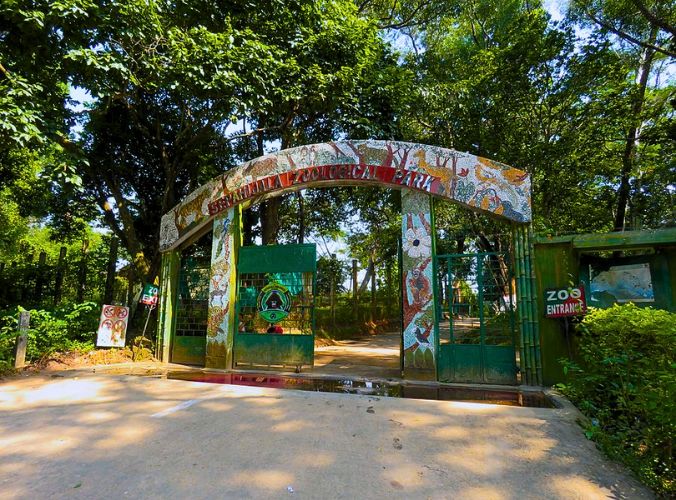
Sepahijala Wildlife Sanctuary
This sanctuary in Agartala, is a treat for nature and animal lovers. It houses a variety of animals and several species of birds.
Major Attractions Nearby Agartala

Jagganath Bari
Jagannath Bari is a beautiful and historic temple located near Ujjayanta Palace. Built by the royal Manikya dynasty, it is dedicated to Lord Jagannath.
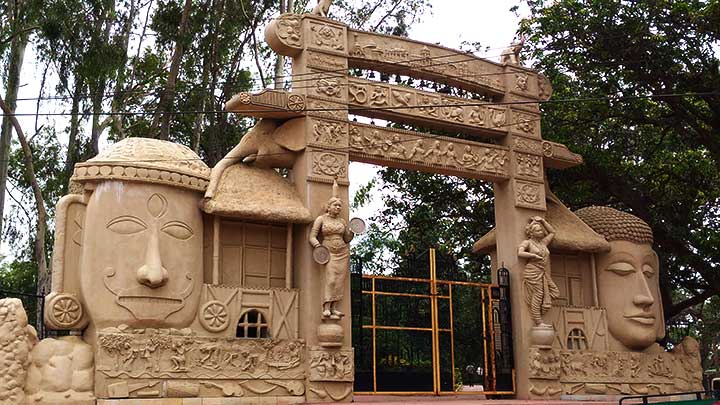
Heritage Park
Heritage Park is a well-maintained urban park in the heart of Agartala that showcases the cultural and natural heritage of Tripura.

Unakoti
Unakoti is a mystical heritage site famous for its massive rock carvings and sculptures dating back to the 7th–9th century.
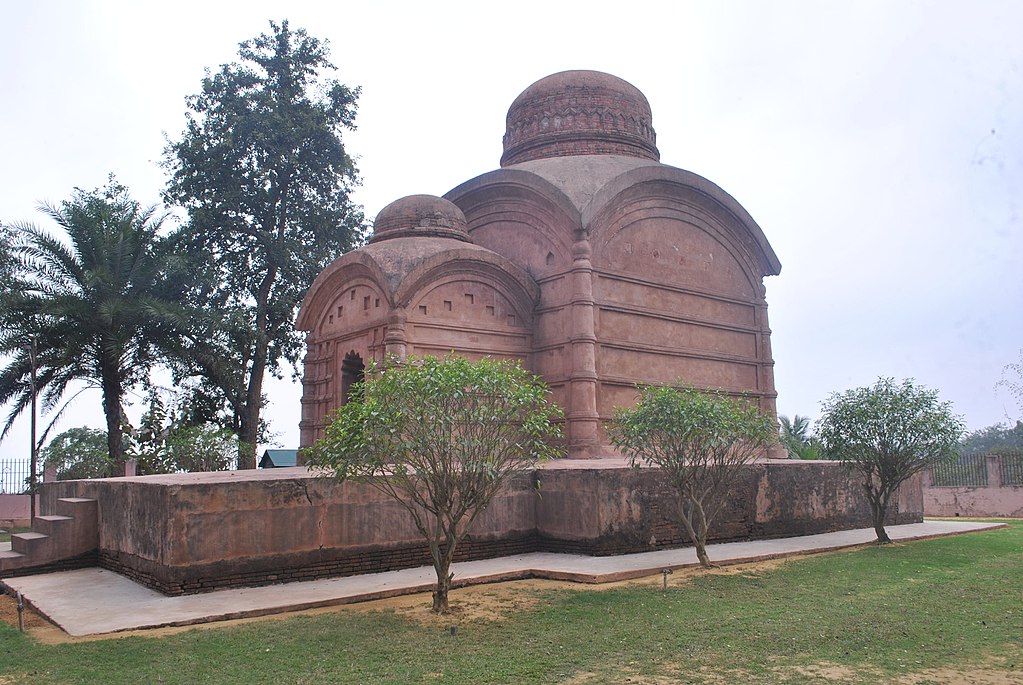
Bhubeshwari Temple
Bhuvaneswari Temple is an ancient shrine built during the 17th century. It gained literary fame through Rabindranath Tagore visited the temple.
Things to do in Agartala
Experience the spiritual, cultural, and historical essence of the city. From exploring ancient lanes to enjoying city views.
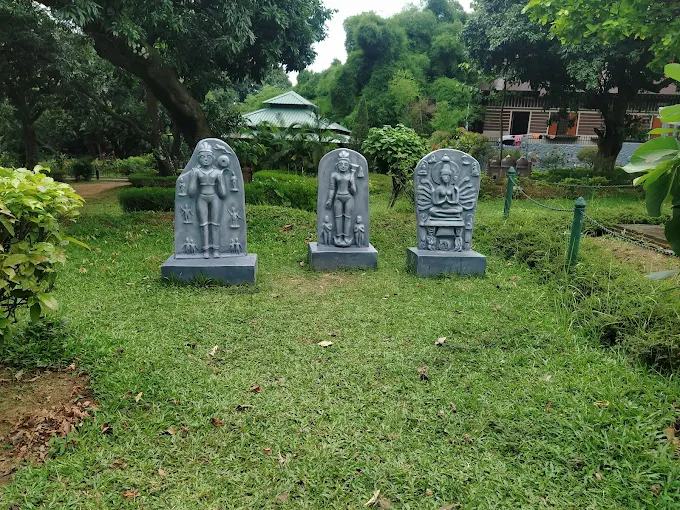
Relax at Heritage Park
This peaceful green park in the heart of Agartala is ideal for an evening stroll. It also showcases beauty of the city
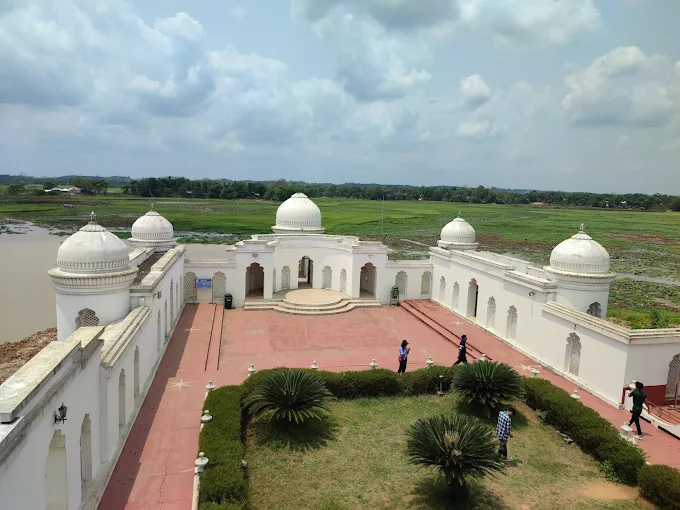
Stroll around Neermahal
Enjoy a boat ride or a lakeside walk around Neermahal, the only water palace in Northeast India.
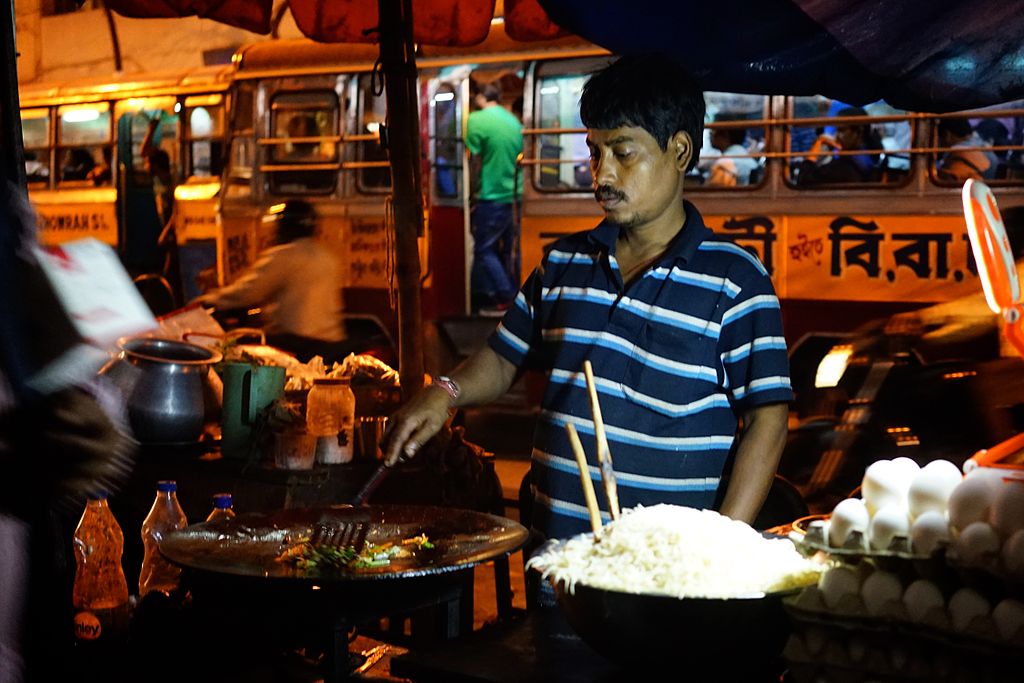
Enjoy Street Food
Head to markets like Gol Bazar or Lake Chowmuhani of Agartala, to taste Tripura’s street food and shop for handicrafts.
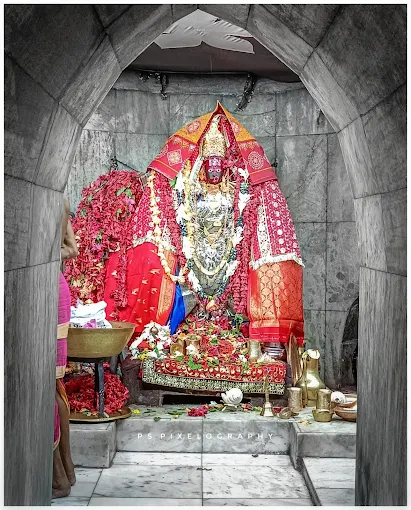
Spiritual walk at Sundari Temple
Devotees and tourists alike visit this sacred site for its divine aura, unique architecture, and peaceful environment.
The Performing Art of Agartala
The performing art scene of Agartala beautifully reflects the cultural richness and traditional heritage of the region. Rooted in tribal customs and community expressions, these art forms often blend music, movement, and storytelling to portray themes of nature, folklore, and everyday life. Performances are vibrant and rhythmic, marked by colorful attire, expressive gestures, and a strong connection to local rituals and seasonal festivals. They not only serve as a means of entertainment but also as a powerful medium of preserving oral history and celebrating communal identity. Whether during public festivals or intimate village gatherings, the performing arts in Agartala continue to thrive with authenticity and pride.
Folk Music
Tribal Music
Devotional Music
One of the major music forms is folk music, which is often performed during festivals and community gatherings, using traditional instruments. Devotional music also holds a strong presence, especially in temple rituals and religious ceremonies. tribal music remains a vital expression of indigenous identity, with each tribe contributing its own distinct vocal styles and instruments, often performed during traditional dances and rituals.
Hojagiri Dance
Garia Dance
Lebang Boomani Dance
Hojagiri dance, performed by the tribal women, where dancers balance bottles and lamps on their heads while moving only the lower half of their bodies. Garia dance, performed during the Garia Puja festival by the tribal communities to seek blessings for a good harvest.The Lebang Boomani dance is also popular, especially among the Tripuri tribes, where dancers mimic the act of catching colorful insects using bamboo clappers, symbolizing nature’s harmony with humans.
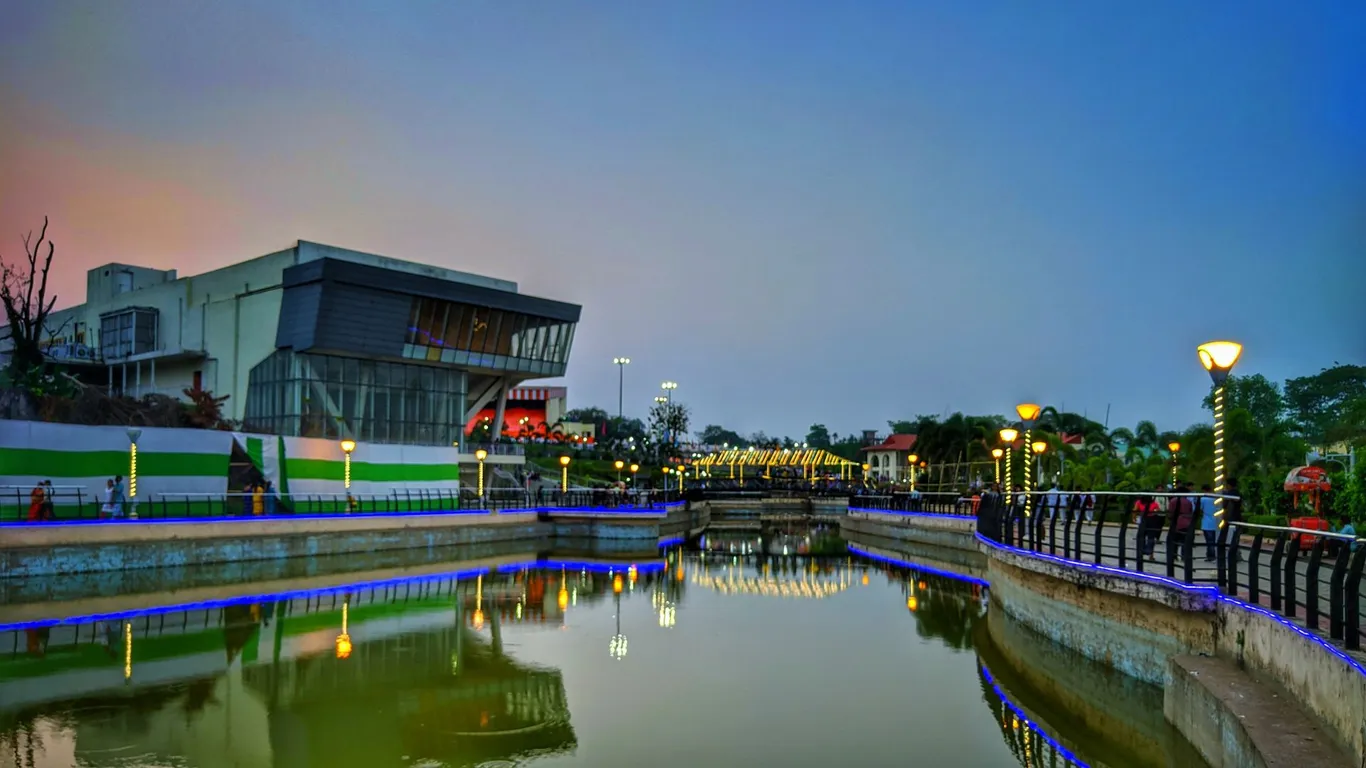
City Vibes - Timeless Spiritual Charm
Agartala exudes a calm yet culturally rich city vibe, blending tradition with a touch of modernity. As the capital of Tripura, it’s a city where colonial-era architecture coexists with vibrant markets, temples, and serene lakes. The pace of life is relaxed, with friendly locals, clean streets, and lush greenery all around.
Heritage of Agartala
The heritage of Agartala is deeply rooted in its rich cultural tapestry, shaped by centuries of tradition, artistry, and historical significance. The city reflects a harmonious blend of indigenous customs and influences from various regions, creating a unique identity that is both vibrant and timeless.

Cuisine of Agartala
Agartala is a paradise for food lovers, offering a variety of traditional delights.
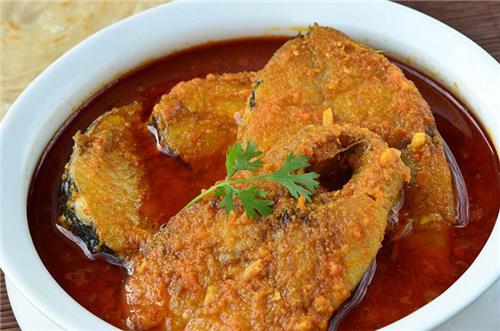
Mui Borok
Mui Borok is the heart of Tripuri cuisine. It typically includes rice, boiled vegetables, and fish-based dishes flavored with local herbs.

Berma Delicacies
Berma is a fermented fish used in many dishes across Agartala. It’s often cooked with vegetables or bamboo shoots.
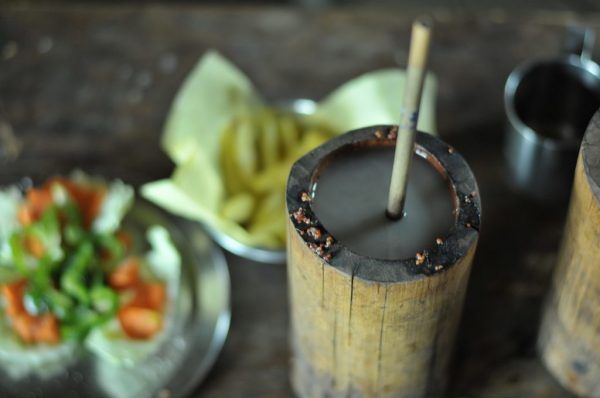
Chauk
Chauk is a traditional rice beer brewed by indigenous communities and is a part of both celebration and regular meals.
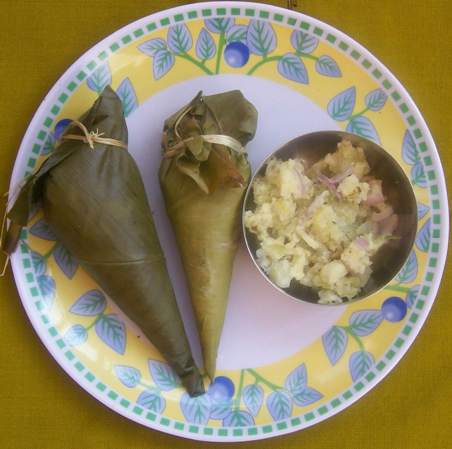
Wahan Mosdeng
Wahan Mosdeng is a spicy pork salad prepared with grilled pork, chilies, onions, and local herbs. It’s smoky, fiery, and incredibly flavor.
Shopping in Agartala
Shopping in Agartala offers a vibrant mix of tradition and craftsmanship. From exquisite silk sarees to handcrafted souvenirs, the city’s bustling markets reflect its rich cultural heritage.

Traditional Handloom Fabric
Risa is a traditional handwoven cloth worn by Tripuri women, known for its bright colors and geometric patterns.
Local spices
Agartala’s spice markets are great for picking up flavorful local spices like dried red chilies, fermented bamboo shoots, and herbs.
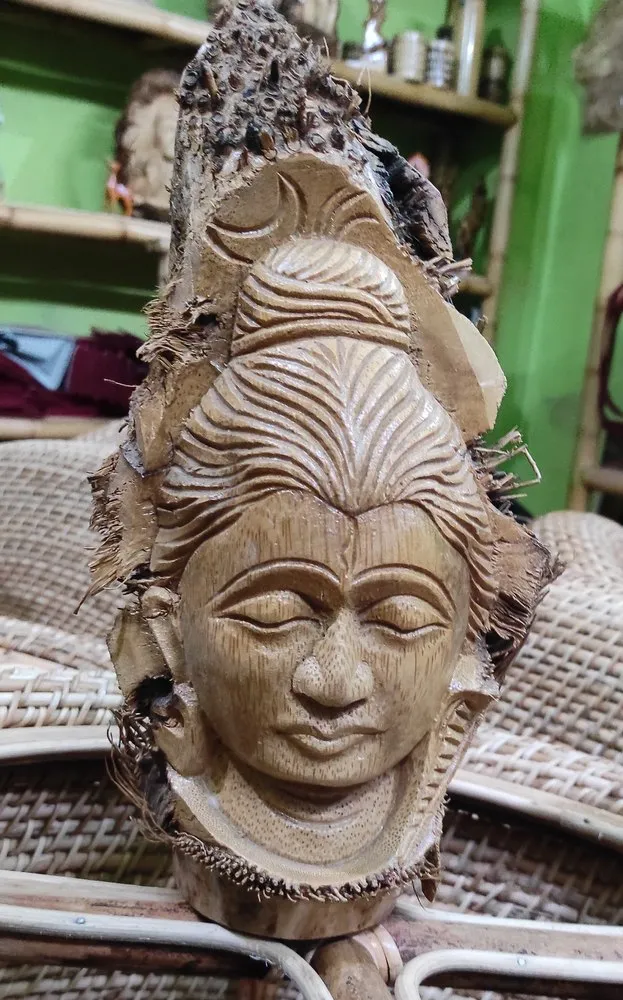
Wooden artifacts and Masks
Locally made wooden carvings, tribal masks, and figurines are quite popular among tourists.
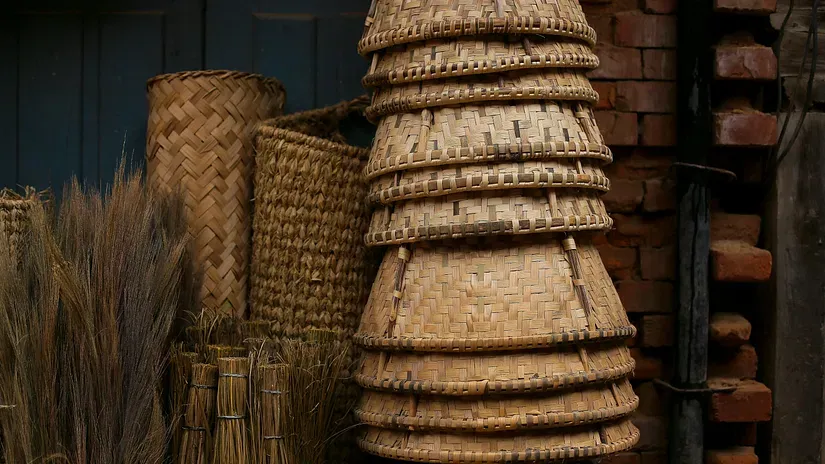
Local Handicraft
Agartala is renowned for its beautiful bamboo and cane handicrafts, including baskets, trays, furniture, and decorative pieces.
Tourist's Handbook
The best months to visit Agartala are from October to March, when the weather is pleasantly cool and ideal for sightseeing. During this time, the temperatures range from around 15°C to 28°C, making it comfortable to explore the city’s natural beauty, heritage sites, and markets. The winter season also hosts various local festivals, adding a cultural charm to the trip
Stay Aware of Local Guidelines
Keep updated on local rules, especially during festivals or political events, and follow government advisories or curfews, if any.Respect Local Customs and Culture
Tripura has diverse tribal communities—dress modestly, avoid sensitive topics, and always seek permission before photographing locals.Use Trusted Transport Options
Prefer using registered taxis, auto-rickshaws, or app-based cabs. Avoid traveling alone at night in unfamiliar areas.Keep Emergency Numbers Handy
Save local helpline numbers, the nearest police station contact, and your hotel’s number in case of any urgency.Beware of Pickpockets in Crowded Areas
Markets and tourist spots can get busy—keep your belongings secure, avoid carrying too much cash, and use anti-theft bags if possible.
Getting around in Agartala is fairly convenient, with a mix of local transport options available for tourists. Auto-rickshaws are the most common and economical mode for short distances within the city. For a more comfortable ride, taxis and app-based cab services like Rapido (bike taxis) or local aggregators can be used. City buses also run on major routes and are budget-friendly, though they may be crowded during peak hours.
Overcharging by Auto/Cab Drivers
Some local drivers, especially near the airport or railway station, may overcharge tourists by not using fixed rates. Always confirm the fare beforehand or use app-based taxis if available.Fake Tour Guides
Unofficial guides may approach you near popular attractions offering help, only to demand high tips later. Stick to certified guides or ask for help at the tourism office.Duplicate Handicrafts Sold as Authentic
In some markets, items like bamboo products or handlooms may be falsely marketed as handmade or tribal, when they're mass-produced. Buy from government emporiums or trusted shops for genuine goods.Currency Confusion
Occasionally, small vendors may return incorrect change or claim to be short of change, especially if you're paying with ₹500 or ₹2000 notes. Always count your money and carry smaller denominations.
Varanasi Blogs
- Uttar Pradesh Cultural guide
- Places to visit in Varanasi
- Places to visit nearby Varanasi
- India’s most popular destination
- India’s archaeological marvels
Recommended articles
- Uttar Pradesh Cultural guide
- Places to visit in Varanasi
- Places to visit nearby Varanasi
- India’s most popular destination

